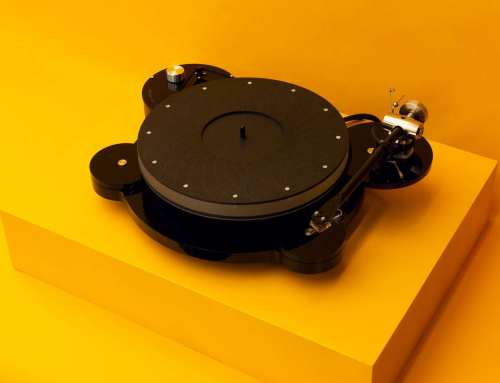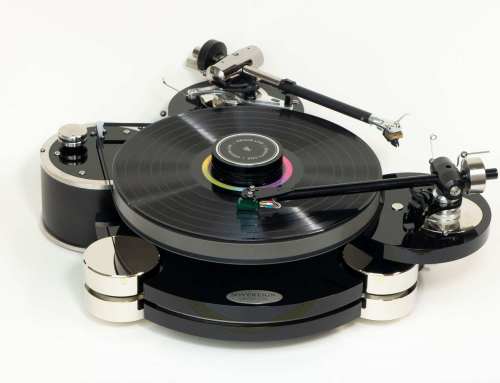BLOG POST
The Value of Well Produced Music
Sound Quality

Listening to music is one of life’s great pleasures. Close to our sense of smell, music has the strongest power to evoke mood changes and bring back memories. We have all had the experience of hearing a song we loved in our youth. Immediately, we may think of a first love, a holiday or special event, friends we knew and experiences we haven’t remembered in years.
Listening to music actually causes the brain to release dopamine, the “feel good” hormone that restores logic and enables us to focus and concentrate. This can literally change your life. For example upbeat, high tempo songs raise energy levels if you feel lethargic. Classical music or jazz will often help you unwind properly after a busy day. It is interesting that when Dame Kelly Holmes won Olympic gold in the 800m and 1500m, she had a theme song in her head for the training and events. Where would films be without music to capture the mood so much better?
Why have great sound quality?
The actual quality of sound reproduction can have a very strong influence on our enjoyment of music. Why is this though? Surely if you can identify the song it’s good enough? Ultimately the answer to this lies in defining what exactly is “better” sound quality? To be clear about this, leads to understanding the issues and making correct choices.
What is Great sound quality?
The ear and brain enjoy particular aspects of music. The order of priority is different from person to person but all of the following are present in a great system.
Dynamics: The ability to reproduce the full energy of a note without loss of impact. Loss of dynamics are usually manifested by an artificial softening of bass notes, lack of speed, blurred treble etc. The sound is essentially dull and boring in comparison with a dynamic sound. Dynamics are akin to the acceleration and braking performance of a car. You should put a big flag on the fact that measurements of dynamics are never included in loudspeaker specifications! This is not to be confused with dynamic range which simply states the range of frequencies that a speaker produces. Neither are efficiency / sensitivity figures a proper measure of dynamics.
Timing / musicality: Live music is coherent, liquid and integrated – For example, the bass does not lag behind due to sluggish speed or overhang.
Tonal balance: Too much treble emphasis soon causes listening fatigue. Conversely a bass oriented sound will become heavy and oppressive.
Separation / clarity / definition / transparency: This creates interest as it enables you to “see” into the mix and latch onto each individual strand of the music, whether it be vocals, drum beat, keyboard etc.
Natural Sound: The ear does not like distortion introduced by resonance, electronics or phase issues.
Freedom from Coloration: Cabinet resonance, cone breakup and ringing are often present in loudspeakers. These are a bit like artificial additives in food and detract from music by causing distraction, usually at a subliminal level but there nonetheless.
Ability to create an “out of the box” 3 dimensional sound image: This is really a result of good definition and tonal balance because if these are present you are halfway there, but imaging is also related to cabinet shape and driver dispersion.
Because the brain knows what it likes and expects to hear from music, it is constantly “filling in the gaps” for reality. In other words it imagines it is hearing the real thing. This is a form of “error correction” that is going on all the time. Visual cues sometimes make this easier. For example one of our staff was at an exhibition and noticed that watching a video of a singer and band as it was played through a reasonable system made the effect much more real. As soon as he closed his eyes the flaws of the music reproduction were immediately apparent. Closing your eyes is not something we recommend but the point here is that the brain fills in for reality.
There is one caveat here and it is a big one. The error correction process that goes on, is work for the brain that it prefers not to do. Eventually it gets tired and your level of enjoyment does not last anywhere near as long as it would with a better system.
Next article we will look at the challenges that must be overcome in order to progress the art of speaker performance.




